Across the American fast-food landscape, a noticeable shift is taking place—one that’s hitting some of the most recognizable burger brands in the nation. Burger King and Jack in the Box, two long-standing names in the fast-casual game, have both initiated significant shutdowns in key regions. For regulars and franchisees alike, the wave of closures feels sudden, but for those watching industry trends closely, it’s been a long time coming. Mounting debt, declining foot traffic, inflation, and franchise fatigue have collided to form a perfect storm that’s forcing some of the industry’s biggest names to make tough choices.
Burger King’s Franchise Collapse
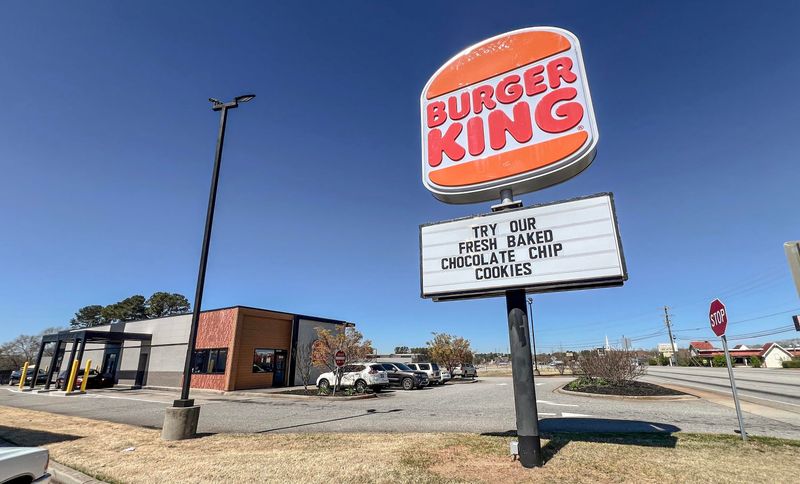
Once a titan in the fast-food industry, Burger King finds itself navigating turbulent waters. A significant headline has been the bankruptcy of a major franchisee, Consolidated Burger Holdings. With debts amounting to $37 million, the reasons cited include operational costs and dwindling demand. The Florida Panhandle and southern Georgia have borne the brunt of these closures. For many, the absence of their local Whopper spot is a stark reminder of the economic pressures faced. Despite strategic efforts to transfer locations, the damage in certain communities feels irreversible, leaving former employees and loyal customers in uncertainty.
Jack in the Box’s Bold Strategy
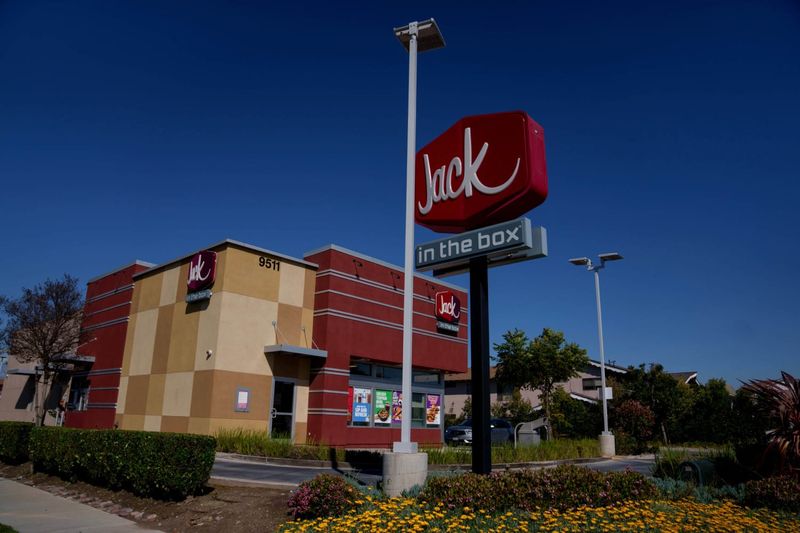
In a calculated move, Jack in the Box has decided to shut down 10% of its U.S. presence. This bold decision comes under the “JACK on Track” initiative. The closures, aimed at boosting profitability, will see 150-200 stores shuttered. With sales declining, the focus shifts to more promising markets. By closing underperforming outlets, they aim to streamline operations. Interestingly, the company isn’t entirely retreating. Plans to reopen in select locations, like Naperville, Illinois, indicate a strategic pivot. While the closures might seem drastic, they’re seen as a step towards a leaner and more focused future.
Economic Pressures on Fast-Food Chains
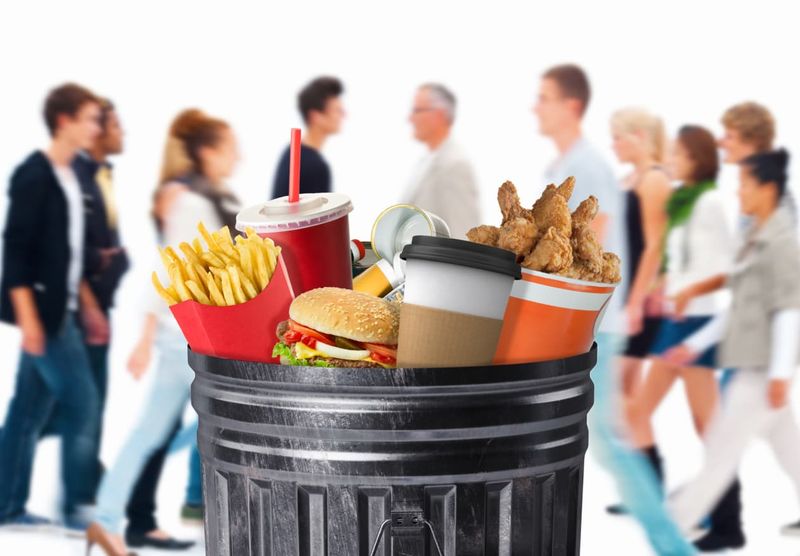
Rising costs have put fast-food giants under tremendous strain. Inflation has driven up food, utility, and labor costs. Consumers, battling their own financial hardships, are spending less, shifting away from eating out. This has led to shrinking profits for franchises, especially those locked into leases and high royalties. Franchisees are increasingly opting to walk away rather than sink deeper into debt. The changing consumer demands for healthier, faster options haven’t helped, forcing chains to rethink their strategies. This financial strain elucidates why once unshakable brands are pulling back, focusing on fewer, more profitable locations.
Consumer Fatigue and Changing Demands
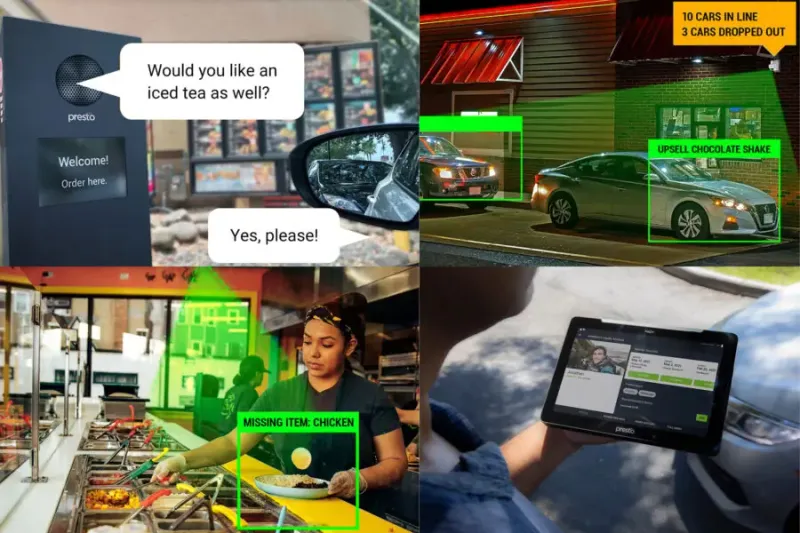
The fast-food industry is facing a challenge: consumer fatigue. Diners are demanding more than just speed; they want quality and variety. Fast-food giants are struggling to keep up with this shift. As expectations evolve, older stores find themselves outdated. Jack in the Box, for example, has invested in digital kiosks across over 1,500 locations. These changes aim to enhance customer experience and boost sales. However, they’re only effective where foot traffic remains strong. The need for innovation is clear, as chains adapt to a market that expects more than just convenience and price.
Future of Fast-Food Locations
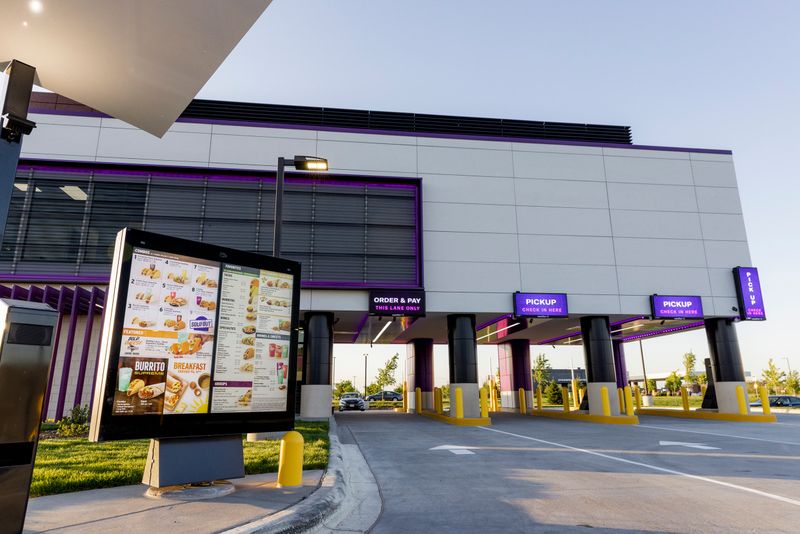
The landscape of fast-food is transforming. Chains are moving towards smaller, more efficient operations. Instead of rapid expansion, the focus is now on profitability per outlet. This approach promises upgraded locations and better service where they choose to remain. Expect tech integration, such as mobile ordering, to become standard. The emphasis is on serving communities that align with spending power. For Burger King and Jack in the Box, this represents a pivotal moment. The era of mindless expansion ends, ushering in a future defined by adaptability and strategic growth.
Leave a comment